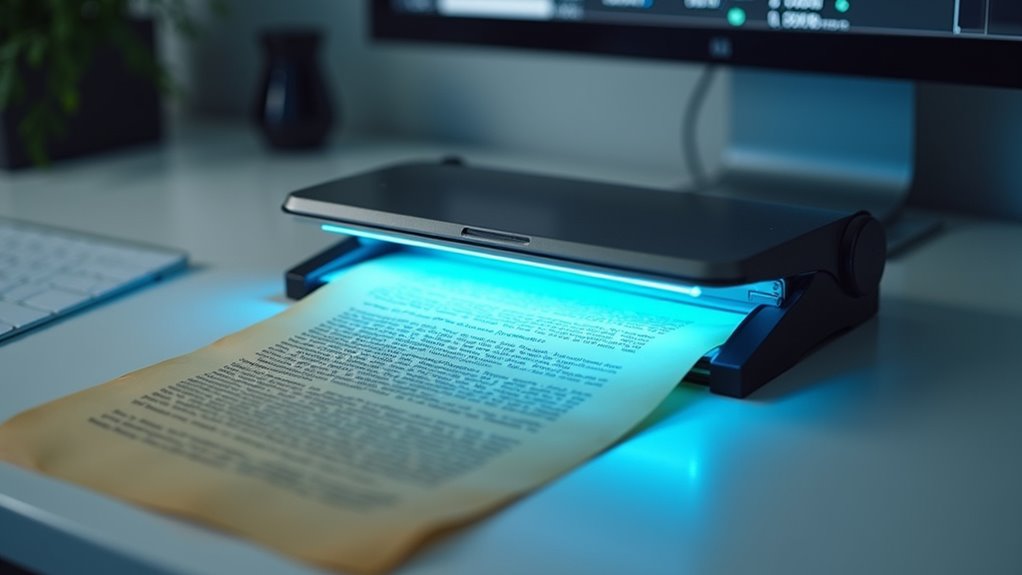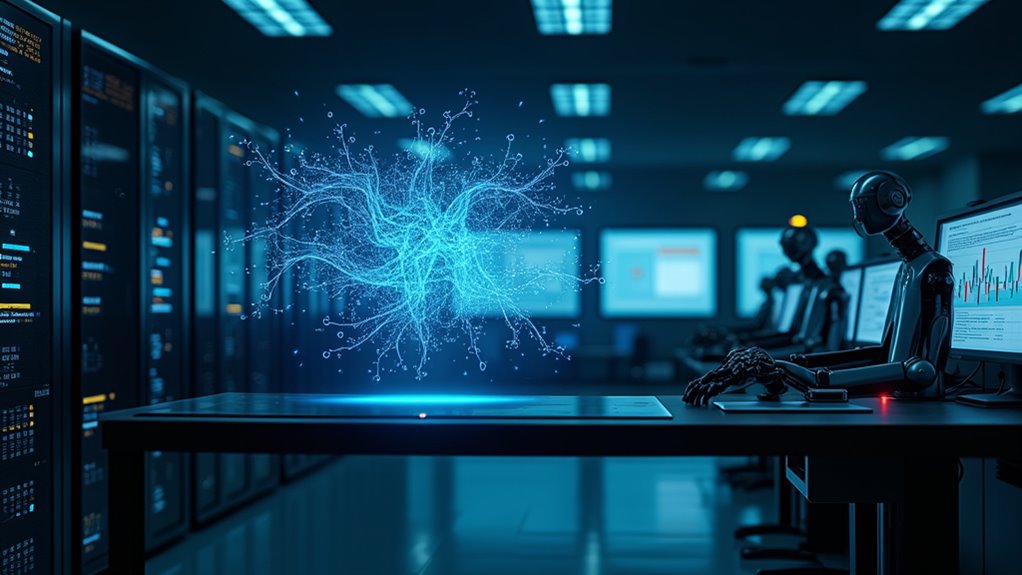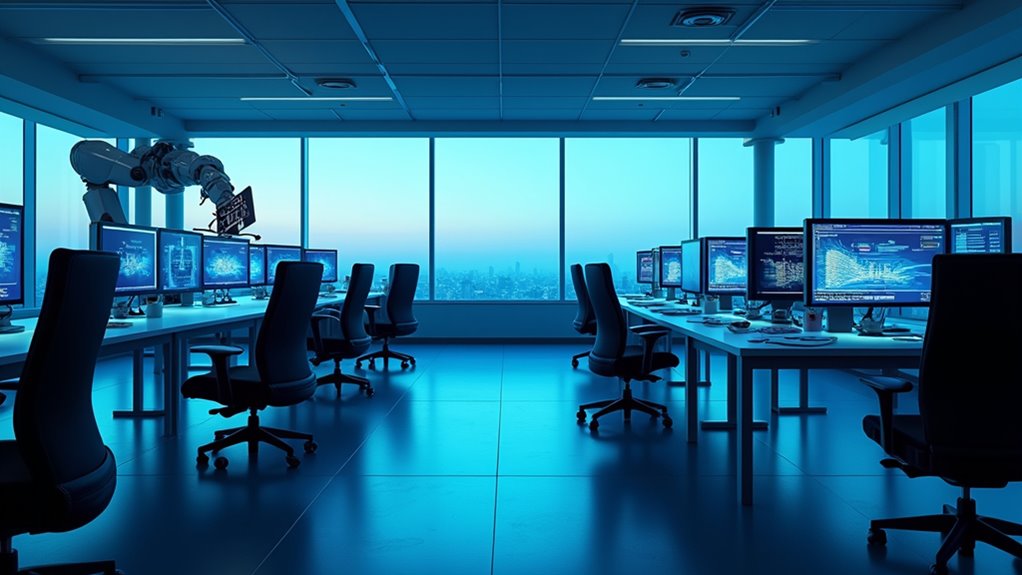AI is completely reshaping medical imaging, and it’s about time. Advanced algorithms now spot diseases faster and more accurately than human radiologists, while deep learning models tackle complex tumor analysis like it’s child’s play. The technology streamlines workflows, generates detailed reports, and creates mind-blowing 3D visualizations for surgical planning. With continuous monitoring capabilities and real-time data analysis, AI isn’t just changing the game – it’s creating an entirely new playbook for modern healthcare.
As medical technology races forward at breakneck speed, artificial intelligence has revolutionized the way healthcare providers analyze and interpret medical images. Gone are the days when radiologists squinted at blurry scans for hours on end. AI’s deep learning models, particularly convolutional neural networks and vision transformers, are now doing the heavy lifting – and they’re pretty darn good at it.
Let’s face it: humans make mistakes. Even the most eagle-eyed radiologist can miss subtle abnormalities after a long day of staring at screens. That’s where AI steps in, tirelessly scanning images for the smallest details that might indicate early-stage cancer or cardiovascular issues. These smart systems handle massive datasets from various imaging modalities, churning through them faster than you can say “MRI scan.” Stanford University demonstrated that their AI outperformed human radiologists in detecting pneumonia from chest X-rays.
The real game-changer? AI’s ability to segment tumors and identify complex patterns that might leave human practitioners scratching their heads. It’s like having a super-powered assistant that never needs coffee breaks. The development of generative adversarial networks has dramatically improved the quality of medical image generation and augmentation.
These systems are revolutionizing workflow optimization too, automatically prioritizing critical cases while generating detailed reports. No more patients waiting anxiously for days for their results. This streamlined approach has led to reduced healthcare costs while maintaining high-quality patient care.
The technology doesn’t stop at basic image analysis. AI is now playing nicely with virtual and augmented reality, creating impressive 3D and 4D visualizations that make traditional scans look like child’s play. Surgeons can plan procedures with unprecedented precision, while real-time guidance systems help them navigate complex operations.
And yes, it’s even teaming up with wearable devices for continuous patient monitoring – because apparently, regular check-ups are so last century.
For healthcare providers, this AI revolution means more than just fancy tech. It’s about working smarter, not harder. Radiologists can finally focus on complex cases while AI handles routine tasks. The result? Better patient outcomes, more personalized care, and fewer diagnostic errors.
Who knew that teaching machines to read medical images would turn out to be such a brilliant idea?









